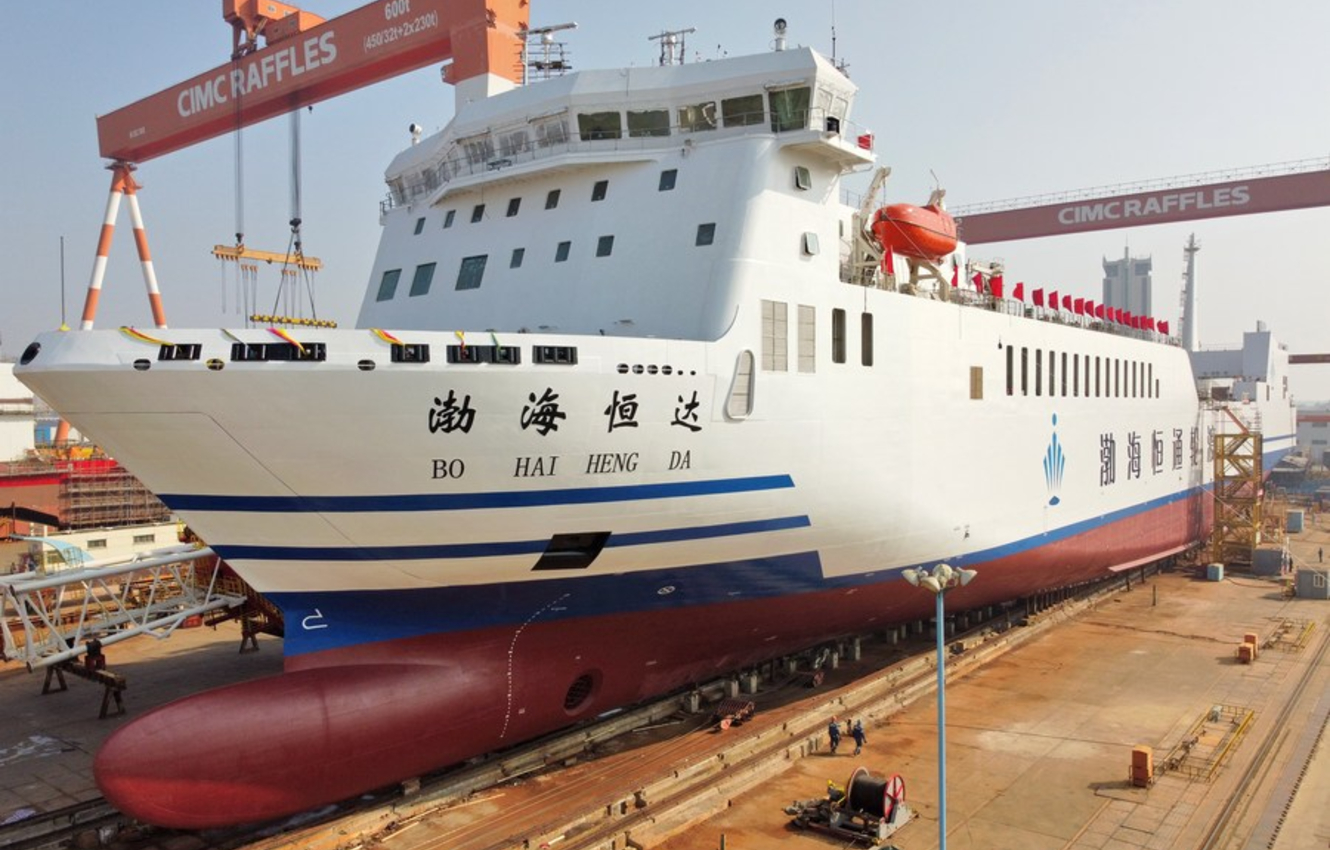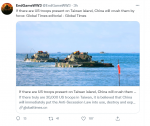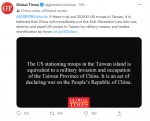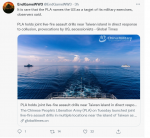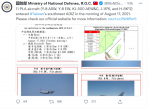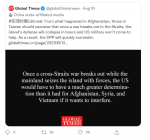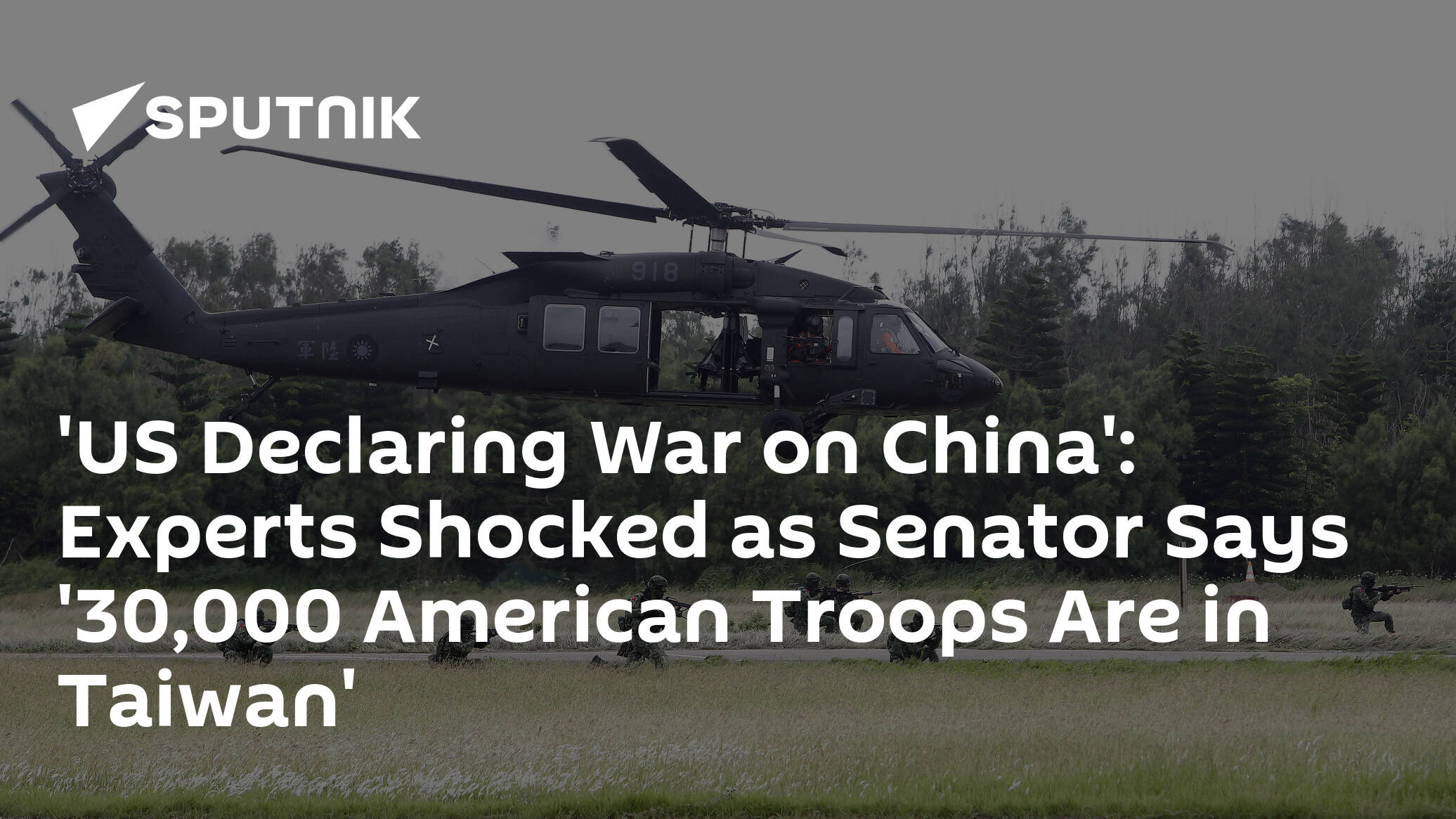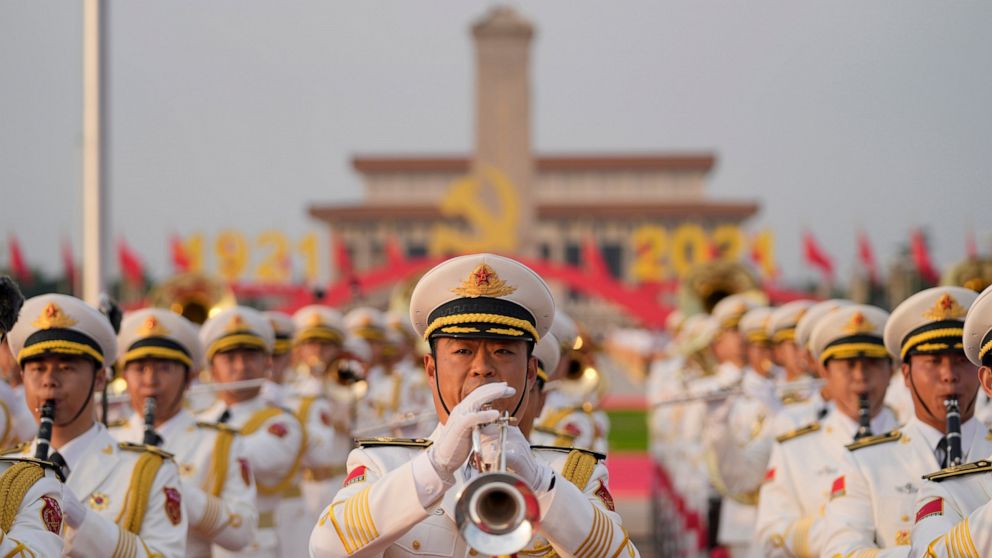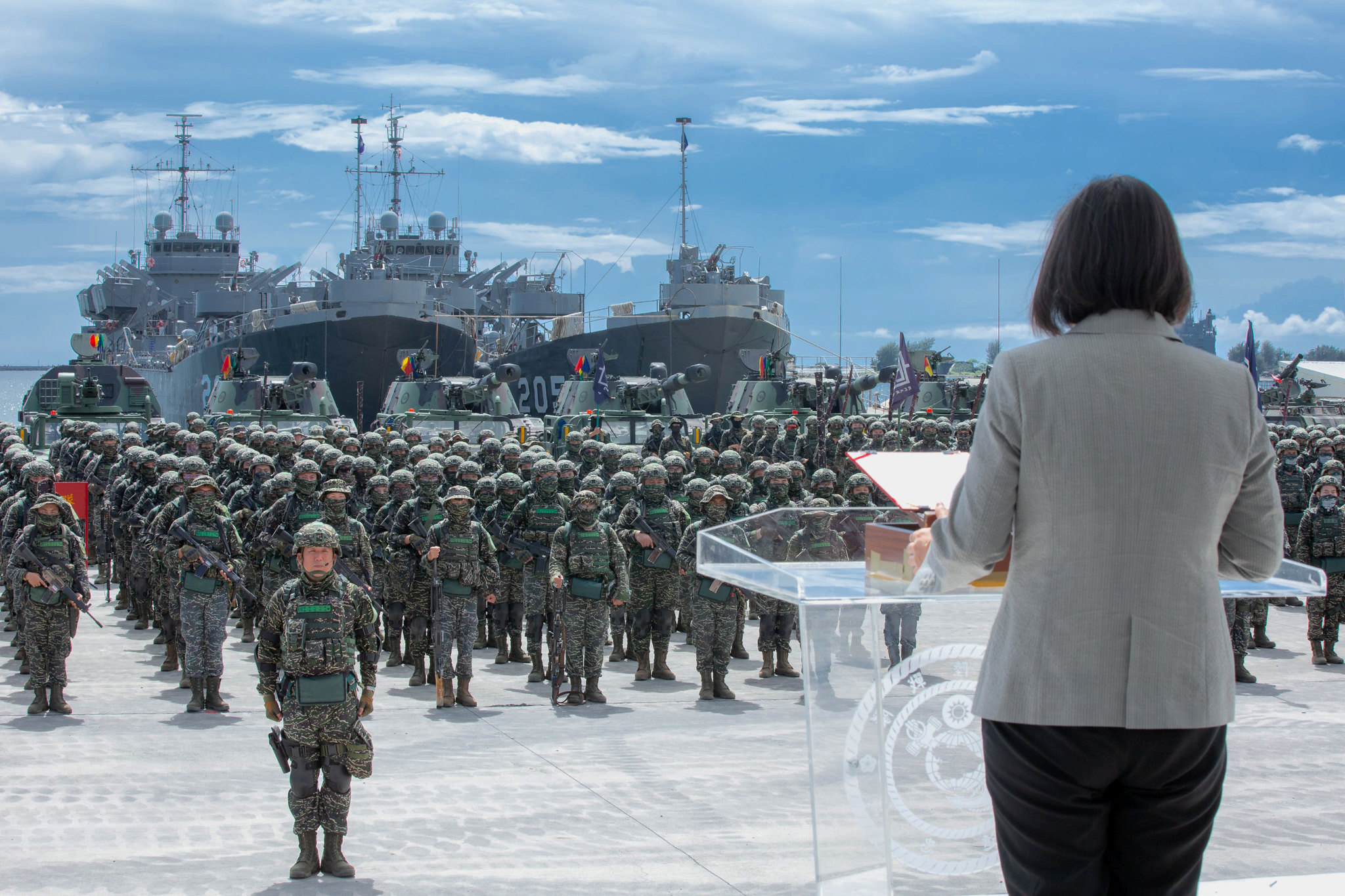jward
passin' thru
Mind the Gap: How China’s Civilian Shipping Could Enable a Taiwan Invasion
Thomas Shugart
August 16, 2021

Recent months have seen much discussion of the “Davidson Window” — the idea, based on recent commentary by the then-commander of U.S. Indo-Pacific Command, Adm. Philip Davidson, that China could take military action against Taiwan in the next six to 10 years. Some within the defense commentariat accused Davidson of “sloppy exaggeration,” that he was “simply wrong as a matter of fact” (though perhaps some critics should consider that a combatant commander may have access to a different set of facts than they do). While others took his warning more seriously, there have been good reasons to question whether China could successfully subjugate Taiwan any time soon. Among these is that China has appeared to lack the amphibious transport capacity necessary to successfully conduct a cross-strait invasion. However, assessments of China’s amphibious sealift capability have typically focused on its navy’s dedicated amphibious assault ships, and have largely discounted the ability of China’s civilian merchant shipping to contribute to an invasion — especially in its initial stages. This approach does not take sufficient account of the emerging and ongoing integration of substantial portions of China’s merchant marine into its cross-strait assault forces. When civilian shipping is included in an assessment of China’s cross-strait sealift capability, Davidson’s warning gains added credibility.
The Sealift Question
Despite many worrying aspects of the degrading cross-Taiwan Strait military balance, the Chinese military does not appear to have enough amphibious assault capacity on its own to successfully invade Taiwan, and hasn’t seemed to make it a high priority to get more. The U.S. Department of Defense’s assessment of China’s amphibious lift capacity stated that the amphibious fleet seemed to be focused on global expeditionary missions rather than “the large number of landing ship transports and medium landing craft” that would be required for a full-scale beach assault. Taiwan’s own Ministry of Defense has largely concurred, indicating that China “lacks the landing vehicles and logistics required to launch an incursion into Taiwan.”
The U.S.-China Economic and Security Review Commission has largely agreed. In its 2020 report on Taiwan, it said, “The [Chinese military’s] most immediate limitation in executing a Taiwan campaign is a shortage of amphibious lift, or ships and aircraft capable of transporting the troops the [Chinese military] needs to successfully subjugate the island.” The report did indicate that China is working to close this gap in “creative ways that may challenge foreign preconceptions of what the [People’s Liberation Army] can and cannot do in an invasion of Taiwan,” but indicated that efforts to use civilian vessels to do so consisted thus far of limited training efforts to support the landing of follow-on forces — that is, after the Chinese military seized a port or constructed temporary wharves to offload civilian ships.
Some observers of Chinese military developments have been somewhat mystified by China’s apparent willingness to live with this limitation in amphibious lift capability. After all, the leadership of the Chinese Communist Party seems focused on the idea of eventual unification with Taiwan, peaceful or otherwise, and China hardly lacks the ability to build the necessary ships should it choose to do so. On this question, Lonnie Henley, a retired career intelligence officer and China specialist, testified this year to the U.S.-China commission that among a number of other possibilities, China probably has a goal to be able to invade Taiwan, that it probably set that goal for 2020, and that it has probably met that goal. He indicated, however, that it may not be readily apparent to most external observers that China has built enough landing capacity, as having done so would require “a different concept for how to deliver forces, relying less on military ships and more on civilian vessels.” While Henley declined to delve into the details of such a concept of operations in his testimony, it has become clear in recent months that just such a concept is being practiced by the Chinese military on a regular basis, that it could be used to land first-echelon assault troops on Taiwan, and that it could be employed at a scale that dwarfs the capacity of China’s traditional amphibious assault fleet.
Thomas Shugart
August 16, 2021

Recent months have seen much discussion of the “Davidson Window” — the idea, based on recent commentary by the then-commander of U.S. Indo-Pacific Command, Adm. Philip Davidson, that China could take military action against Taiwan in the next six to 10 years. Some within the defense commentariat accused Davidson of “sloppy exaggeration,” that he was “simply wrong as a matter of fact” (though perhaps some critics should consider that a combatant commander may have access to a different set of facts than they do). While others took his warning more seriously, there have been good reasons to question whether China could successfully subjugate Taiwan any time soon. Among these is that China has appeared to lack the amphibious transport capacity necessary to successfully conduct a cross-strait invasion. However, assessments of China’s amphibious sealift capability have typically focused on its navy’s dedicated amphibious assault ships, and have largely discounted the ability of China’s civilian merchant shipping to contribute to an invasion — especially in its initial stages. This approach does not take sufficient account of the emerging and ongoing integration of substantial portions of China’s merchant marine into its cross-strait assault forces. When civilian shipping is included in an assessment of China’s cross-strait sealift capability, Davidson’s warning gains added credibility.
The Sealift Question
Despite many worrying aspects of the degrading cross-Taiwan Strait military balance, the Chinese military does not appear to have enough amphibious assault capacity on its own to successfully invade Taiwan, and hasn’t seemed to make it a high priority to get more. The U.S. Department of Defense’s assessment of China’s amphibious lift capacity stated that the amphibious fleet seemed to be focused on global expeditionary missions rather than “the large number of landing ship transports and medium landing craft” that would be required for a full-scale beach assault. Taiwan’s own Ministry of Defense has largely concurred, indicating that China “lacks the landing vehicles and logistics required to launch an incursion into Taiwan.”
The U.S.-China Economic and Security Review Commission has largely agreed. In its 2020 report on Taiwan, it said, “The [Chinese military’s] most immediate limitation in executing a Taiwan campaign is a shortage of amphibious lift, or ships and aircraft capable of transporting the troops the [Chinese military] needs to successfully subjugate the island.” The report did indicate that China is working to close this gap in “creative ways that may challenge foreign preconceptions of what the [People’s Liberation Army] can and cannot do in an invasion of Taiwan,” but indicated that efforts to use civilian vessels to do so consisted thus far of limited training efforts to support the landing of follow-on forces — that is, after the Chinese military seized a port or constructed temporary wharves to offload civilian ships.
Some observers of Chinese military developments have been somewhat mystified by China’s apparent willingness to live with this limitation in amphibious lift capability. After all, the leadership of the Chinese Communist Party seems focused on the idea of eventual unification with Taiwan, peaceful or otherwise, and China hardly lacks the ability to build the necessary ships should it choose to do so. On this question, Lonnie Henley, a retired career intelligence officer and China specialist, testified this year to the U.S.-China commission that among a number of other possibilities, China probably has a goal to be able to invade Taiwan, that it probably set that goal for 2020, and that it has probably met that goal. He indicated, however, that it may not be readily apparent to most external observers that China has built enough landing capacity, as having done so would require “a different concept for how to deliver forces, relying less on military ships and more on civilian vessels.” While Henley declined to delve into the details of such a concept of operations in his testimony, it has become clear in recent months that just such a concept is being practiced by the Chinese military on a regular basis, that it could be used to land first-echelon assault troops on Taiwan, and that it could be employed at a scale that dwarfs the capacity of China’s traditional amphibious assault fleet.

